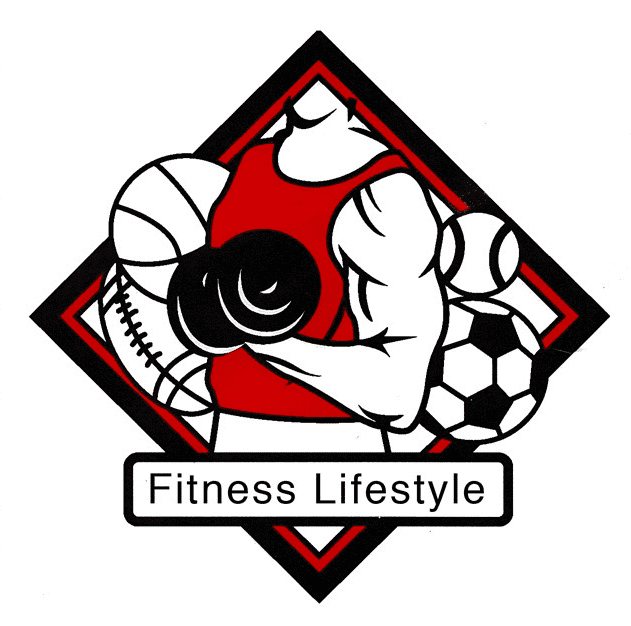I’ve got a special “master class” that will help 1) explain and 2) put into action a nutrition topic that’s all about flexible eating to help get you the results you want.
It works whether you want to gain weight, lose weight, maintain your weight, or try clean eating – without following a strict menu plan.
It’s called macro-based eating. It might seem a little complicated at first, but once you get the hang of it, it’s AMAZING!
I’m going to walk you through finding YOUR macro numbers below, but first let’s talk about why it works so well.
The term “macro” refers to macronutrients – protein, carbs, and fats. It’s also helpful to include fiber because when you’re getting enough fiber, you probably are eating healthier carbs. 🙂
Each macro gives you different benefits, so it can be helpful to know you’re getting enough of them. Plus, you get to see how your body responds to different macro breakdowns. For example, some people feel better with more carbs and some with less.
Planning and tracking your macros lets you get really TACTICAL about choosing the foods you eat to get you the results you want.
It gives you real data, vs. “guestimating” what you’re actually eating.
Note: you DEFINITELY are going to want to use an online food journal to do this – check out MyFitnessPal, Cronometer, FitBit’s food journal, or other online resource. It will save you tons of time and effort.
HOW TO CALCULATE YOUR MACROS:
STEP #1: Set your “daily target calorie intake amount” since all your calculations will depend on it.
Here is a good one: https://www.calculator.net/calorie-calculator.html
STEP #2: Calculate how much of each MACRONUTRIENT you want to consume.
Protein: This macronutrient helps you build, repair, and maintain your muscle mass. Not only that, but it also helps rev your metabolism AND it’s known as the most satiating macro, keeping you feeling full for hours after eating it. Shoot for 10% to 35% of your calories from protein.
Tip: People who work out more generally need more protein to help with recovery.
Fat: Your body needs fat to be healthy. Among other things, fat helps your body convert and use several vitamins and minerals. Experts recommend getting between 20% and 35% of your daily calories from fat.
Carbohydrates: The remaining percentage should come from carbs. Major health organizations recommend you get between 45% and 65% of your total calories a day.
Fiber: This is another number you will want to keep in mind. It’s recommended you get between 25 to 30 grams of fiber from food sources each day.
EXAMPLE: Let’s say you calculated you need 2,000 calories a day, and you work out 4-5 days a week and have a goal of losing fat/maintaining muscle – so you decide to eat 30% from protein, 25% from fat, and 45% from carbs.
30% x 2000 = 600 calories from protein
25% x 2000 = 500 calories from fat
45% x 2000 = 900 calories from carbohydrates
But wait! There’s more! You definitely can stick with looking at just your calorie targets, but most macro-based programs actually take it a step farther and break those calorie targets into grams for each macronutrient.
Breaking it down into grams helps you be more precise. Hang with me here because there’s another step of math involved …
- 4 calories of protein = 1 gram
- 4 calories of carbohydrates = 1 gram
- 9 calories of fats = 1 gram
So, in order to figure your gram totals, you simply divide the calories by the appropriate macro number.
From our example above:
- 600 protein calories ÷ 4 = 150 grams of protein a day
- 500 fat calories ÷ 9 = 55 grams of fat a day
- 900 carb calories ÷ 4 = 225 grams of carbs a day
Those are your MACROS!
The awesome thing is that once you calculate your macros, that job is DONE!
I prefer sticking with a macro breakdown for at least a month or so to see how it works, and then changing it up a little if results stall or you feel hungry/tired/etc.
Right now you might be wondering what this all actually means and how to put it into action once you know your numbers.
In my next post I’m going to break down step-by-step how you can use your macro numbers to create your very own meal plan!

3 Ways You Can Stay on Track During the Holidays
It is SO MUCH EASIER to stay on track than it is to get BACK on track.

4 Powerful Ways Practicing Gratitude Can Impact Your Health
Practicing gratitude allows us to celebrate the present moment and have a positive impact on our physical and mental health

It only takes ONE reason to do this…
Picture yourself exactly one year from now: assume you had an AMAZING year and were all-in on your goals. How do you feel? I’m talking about your health, energy, strength, confidence … your quality of life.

Do you know the story about Hidilyn Diaz?
She’s a weightlifter from the Philippines. I hadn’t heard of her until the Olympics. One of the best things about the Games (beyond watching the amazing athletes in action) are the inspirational stories, don’t you agree? Hidilyn’s story is one of my favorites. ...










